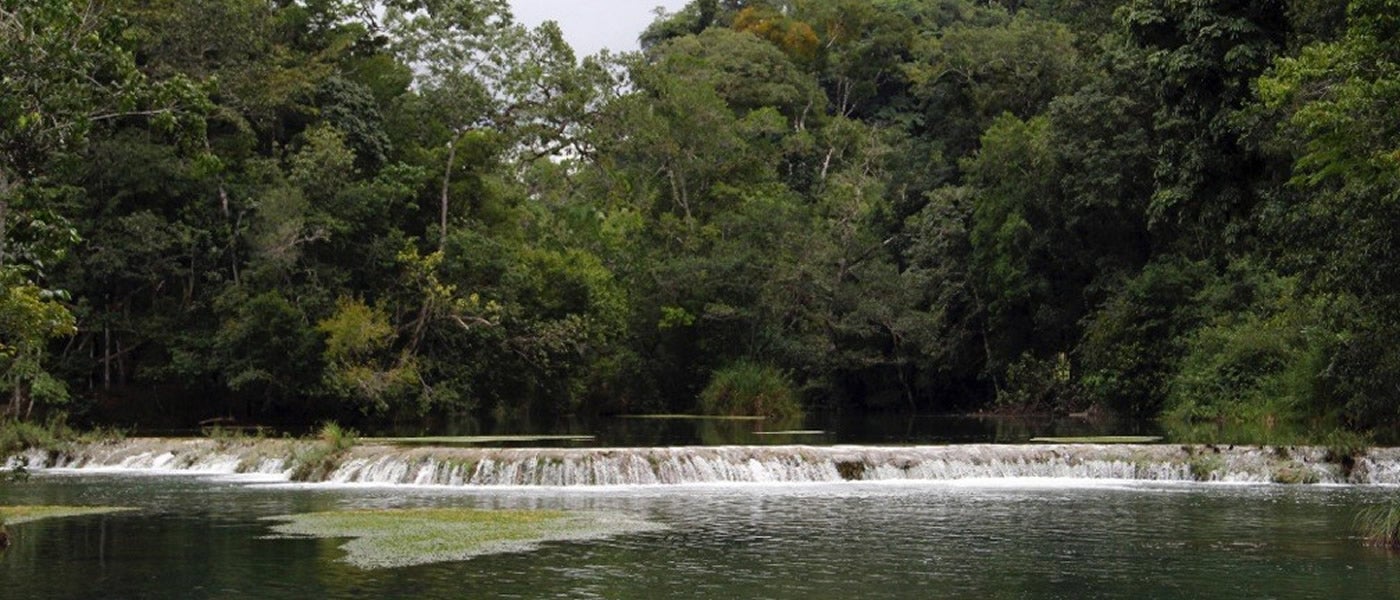A first glance to integrity risk in the water and sanitation sector
By Juanita Riaño and Marianela López Galdos, Office of Institutional Integrity
 Every year weak governance and corruption siphons away millions of dollars intended to improve lives of individuals worldwide. Last year at an accountability and transparency panel, Ban Ki-moon, the U.N. Secretary-General, spoke of 30% of development aid lost to corruption. But weak governance and corruption have a negative impact on development outcomes through a diversity of means that transcend the resources effectively wasted. Therefore the 30% figure should be considered as the lower bound of how much is lost to corruption.
Every year weak governance and corruption siphons away millions of dollars intended to improve lives of individuals worldwide. Last year at an accountability and transparency panel, Ban Ki-moon, the U.N. Secretary-General, spoke of 30% of development aid lost to corruption. But weak governance and corruption have a negative impact on development outcomes through a diversity of means that transcend the resources effectively wasted. Therefore the 30% figure should be considered as the lower bound of how much is lost to corruption.
Projects executed in the water and sanitation (WSA) sector are no excuse; even more, there are specific factors to this sector that increase the integrity risk:
(i) Monopolistic nature of the market such as high entry costs and economies of scale;
(ii) Participation of the construction sector, perceived to be one of the sectors most prone to corruption according to Transparency International.
(iii) Procurement of large-scale projects (it is twice as capital-intensive as other utilities);
(iv) A complex network of agents , including different levels of government, donors, multiple providers and sub-contractors, as well as diverse communities, who have different capacity levels and incentives; and
(v) Limited capacity of ultimate users to participate in the decision making process of projects (weak voice and accountability) or, at the opposite side of the spectrum, are powerful enough to influence the process to benefit their own private interests (state capture).
Given the impact that corruption in the WSA sector can have in the livelihoods of people and on the development of countries, it is crucial to reduce the opportunities for integrity risk to materialize in prohibited practices. We believe the strategy should aim at combining a deep understanding of the corruption risks that might arise at the different stages of the program cycle, an effort to strengthen institutional structures and controls, and implementation of a robust compliance system.
In an effort to address this challenge, we, at the Office of Institutional Integrity (OII), are working to develop assessment tools and mitigation strategies to manage the integrity risk. We hope that our approach has positive spillovers and unintended consequences: we would like to not only mitigate the integrity risk in IDB-financed activities but also to contribute to our development partners’ capacity to manage these risks.
At first sight, the problem might look overwhelming but we like to believe we can help create an effective strategy. It should not be a one-size-fits-all recipe but rather tailored to particular needs. How would you imagine such strategy?


Leave a Reply